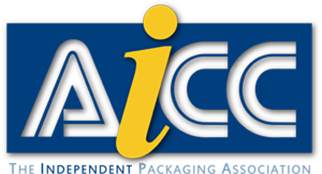Here at Packaging Design, we love a great play on words, and so when it comes to IRON (historically how printing presses were referred to by insiders in the industry) we thought there was no greater reference than the Iron Throne from the HBO series Game of Thrones.
It can be confusing to figure out which printing process will be best for each individual project, and, like many things, you could ask 10 different people what they think is best and you could get 10 different answers.
So, to help you get a handle on which process is best for you, we thought we would first give you a short tutorial on the 2 processes, and then discuss the strengths and sweet spots of each.
*If you already have a lot of print knowledge you can skip over this little Print 101 tutorial we are going to give you complete with definitions and skip right to the comparisons.
Flexographic printing, also known as “surface printing,” is a relief printing method involving plates made from polymer or flexible rubber and an inking system that uses quick-drying inks. These plates will transfer images onto corrugated, almost like a large, mechanical rubber stamp.
Lithographic printing – Lithography is a method of printing originally based on the immiscibility of oil and water. The printing is from a stone (lithographic limestone) or a metal plate with a ball grained surface. This process is typically applied to a heavy paper stock (70 lb. or higher) than glued or labeled to the corrugated.
So what does this all mean?
Flexo
- Most commonly used
- Direct to substrate
- Faster
- Less expensive
Litho
- Is a 2-step process including printing of the label itself and laminating to the corrugated
- More expensive
- Better for full color
- More options for finishes
- More susceptible to scratching and cracking
“Different roads sometimes lead to the same castle.”
― George R.R. Martin, A Game of Thrones
Let us help you figure out which road is best for you on your next project journey.
We’re here to help.





